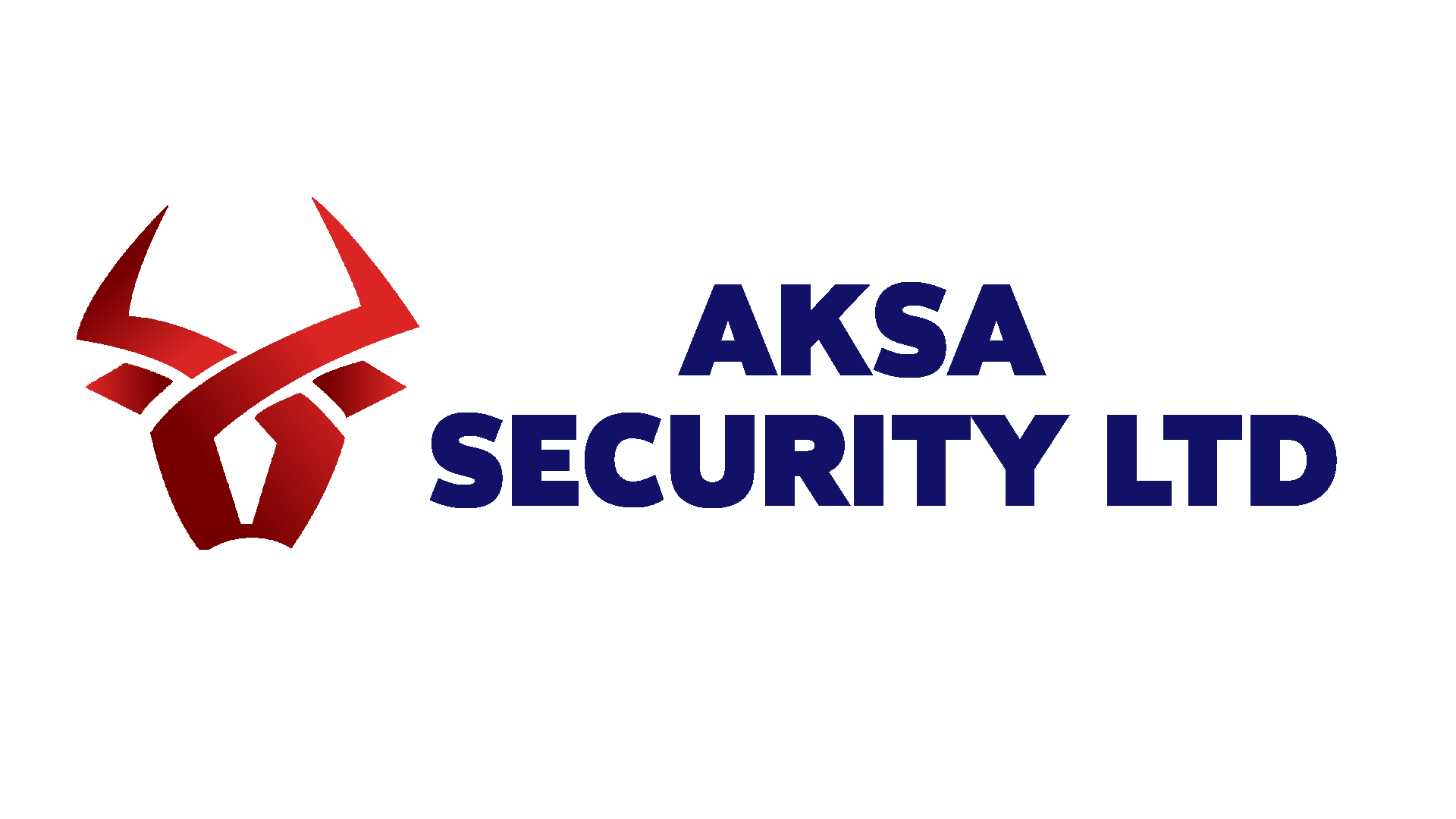How much does an access control system cost per door?
Get more than alarm – get peace of mind.
07881 457719
0800 233 5811
The cost of implementing an access control system
What Is an Access Control System?
At its core, an access control system is a sophisticated security solution designed to regulate who can and cannot enter a particular area, building or facility. It operates on the principles of authentication and authorisation, using a variety of technologies to ensure that only authorised individuals have access to designated areas. These systems are an integral part of modern security protocols, providing a seamless blend of security, flexibility and efficiency.
Access control systems are made up of several components, including but not limited to:
Key Cards: Portable cards used for electronic access to secure areas.
Biometric scanners: Devices that recognise individuals based on unique physical characteristics, such as fingerprints or facial patterns.
ID Badges: Identifiers that grant access through visual verification or embedded electronic information.
Electronic locks: Mechanisms that are electronically controlled and typically unlocked by key card authentication, biometric scanning or code entry.
Management Software: Centralised systems that monitor access, manage user credentials and record entry and exit activity.
These components work together to create a secure environment that can be customised to meet the unique needs of any organisation. Access control systems are not just about restricting access; they also facilitate smooth entry for authorised individuals, thereby increasing overall efficiency and convenience.
The importance of access control
The importance of access control systems goes beyond simple security measures. These systems play a key role in managing the flow of people within an organisation, protecting sensitive information and even streamlining operations. Here are some key benefits:
Increased security: By limiting access to authorised personnel, access control systems reduce the risk of unauthorised entry, theft and even potential internal breaches.
Operational efficiency: Automated entry systems can save time and resources by eliminating manual security checks and allowing employees to move freely within authorised areas.
Compliance and privacy: For industries subject to strict regulatory requirements, access control systems help ensure compliance by securing areas with sensitive data.
Flexibility and scalability: Modern access control systems can be easily expanded or modified as your organisation’s needs change, ensuring long-term value and cost-effectiveness.
Whether you’re running a corporate office, a manufacturing plant or any other facility that requires regulated access, implementing an access control system is a strategic decision that can have a significant impact on your organisation’s security posture and operational dynamics. As we explore the different types of access control systems in the following section, consider which features and capabilities best suit your specific needs and objectives.

Types of Access Control Systems
Choosing the right access control system is critical to your security infrastructure. The diversity of access control technology offers a range of solutions tailored to different levels of security and operational requirements. Here we explore the main types of access control systems and help you navigate through the options to find the best fit for your organisation.
Physical security systems: Locks and keys
The most traditional form of access control, physical security systems, relies on mechanical locks and keys to secure doors and gates. While simple and cost-effective, their lack of detailed access records and the risk of keys being copied or lost make them less ideal for environments requiring stringent security measures.
Electronic access control systems
Electronic systems are the modern standard for secure access, using card readers, keypads or biometric scanners to grant or deny access. They offer several benefits:
Card readers: Use magnetic stripe or RFID technology to read data from a card or fob and grant access based on the stored credentials.
Keypads: Require a numeric code for entry, providing a simple yet effective security solution without the need for physical tokens.
Biometric scanners: Provide the highest level of security by using unique physical characteristics, such as fingerprints or iris patterns, to authenticate identity.
These systems can be programmed to allow access at specific times and provide detailed logs of entry and exit, enhancing security and operational control.
Software-based access control systems
Software-based solutions focus on managing access rights digitally, often through a central management platform. These systems can integrate with other security systems (such as surveillance cameras) and provide
Identity and authentication management: Control access rights based on user roles and responsibilities within the organisation.
Remote access management: Allows administrators to manage access rights from anywhere and adjust security protocols in real-time.
Decentralised token-based systems
Using cryptography, decentralised token-based systems use digital tokens as keys. These tokens, often stored on a smart device or secure digital wallet, grant access based on cryptographic validation, providing a high level of security without centralised control points.
Centralised user privilege management systems
These systems centralise access control management, allowing administrators to set and adjust privileges across the organisation from a single dashboard. Ideal for large organisations, these systems ensure consistent security policies and simplify the management of access rights.
Each type of access control system offers unique benefits and considerations. The choice depends on several factors, including the desired level of security, the need for scalability, ease of use and budget constraints. By understanding the different options available, you can select a system that not only secures your premises but also meets your organisation’s specific needs and objectives.

Breaking down the cost
Understanding the cost implications of an access control system is essential for budgeting and decision-making. The investment in an access control system varies significantly depending on the type of system, its features and the specific requirements of your premises. This section outlines the main cost components and guides in calculating the cost per door of your access control system.
Access control system cost per door
The cost per door of an access control system in the UK can range from £400 to £900, with some advanced systems potentially exceeding £1,200. Entry-level options can start from as little as £300 and are aimed at businesses requiring basic security measures. In contrast, comprehensive solutions that include biometric scanners, advanced encryption and integration with other security systems can see costs rise significantly.
Factors influencing the cost per door include
Type of system: Electronic systems, especially those with biometric capabilities, are generally more expensive than traditional lock-and-key systems.
Features and technology: More sophisticated systems with higher levels of security, such as biometric identification and advanced encryption, command higher prices.
Installation complexity: Wired systems may require extensive wiring and structural modifications, increasing installation costs.
How to calculate the cost per door of an access control system
To calculate the cost per door, add up the total investment in the access control system, including hardware, software and installation costs. Then divide this total by the number of doors in the system. This calculation provides a basis for understanding the average cost per door, helping you to compare options and make informed financial decisions.
It’s crucial to also consider ongoing costs such as:
Maintenance Fees: Regular maintenance ensures the system functions correctly and can prevent costly repairs down the line.
Upgrade Costs: Technology evolves, and upgrading your system may be necessary to maintain security standards.
Support and Service Contracts: Ongoing support can alleviate technical issues, ensuring your system remains operational.
Cost Factors Of Access Control System
The overall cost of an access control system encompasses several components:
Hardware and Software: The upfront cost of physical and digital components, including readers, locks, management software, and servers.
Installation: Wired systems might involve higher installation costs due to the need for cabling, while wireless systems may have lower initial setup costs but potentially higher equipment prices.
Operational Costs: Consider the cost of electricity for running the system and internet connectivity for cloud-based solutions.
Security: High-security features, such as encryption and biometric data storage, may require additional investment but are crucial for sensitive environments.
Understanding these factors can help you budget effectively for your access control system, ensuring you make a choice that offers the best value and security for your organization.

The initial cost per door
Investing in an access control system is a critical step toward safeguarding your premises, protecting your assets, and ensuring the safety of your employees and visitors. The decision to implement such a system should be guided by a thorough understanding of the various types available, their features, and, importantly, the cost implications of each option. As we’ve explored, the costs associated with access control systems can vary widely, influenced by factors such as the type of system chosen, the technology and features required, and the complexity of installation and maintenance.
The initial cost per door of an access control system in the UK typically ranges between £400 to £900, potentially exceeding £1,200 for advanced setups. While the upfront cost is a significant factor, it’s essential to also consider the long-term value provided by the system, including enhanced security, improved operational efficiency, and compliance with regulatory requirements. By carefully evaluating your needs and the cost factors outlined, you can select a system that not only fits your budget but also effectively meets your security and operational goals.
Remember, the cheapest option is not always the most cost-effective in the long run. Prioritizing quality, reliability, and the ability to scale and adapt to future needs can lead to greater savings and security benefits over time. An access control system is an investment in your organization’s future, providing peace of mind through enhanced security and control.

Why choose AKSA Security?

Author: Adrian Sienkiewicz, Fire And Security Project Manager at AKSA Security
Adrian started his career as an IT Support Engineer but after a while, he moved into the security industry using his experience with IT systems. He started his first security job as a Fire and Security Engineer at ALX Security and then continued as a Fire and Security Project Manager at Bull Security.
During his career, he has worked for SECURIFIX, LASER BEAM and ZICAM GROUP as a Security Engineer, Technical Support and Operations Manager. Adrian has worked on security projects for companies such as DHL, Selco Building Warehouse and Eddie Stobart, installing anti-burglary systems, industrial surveillance and access control systems. He is working on a partnership basis with companies such as Avigilon, Motorola, Honeywell, Texecom, Hikvision, Hanwha, Dahua, Commtel, Paxton and BFT.
Adrian is a certified National Security Industry auditor.
